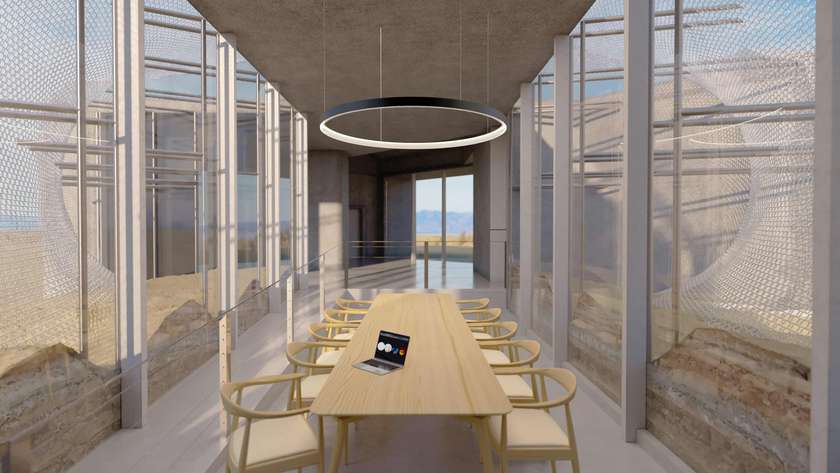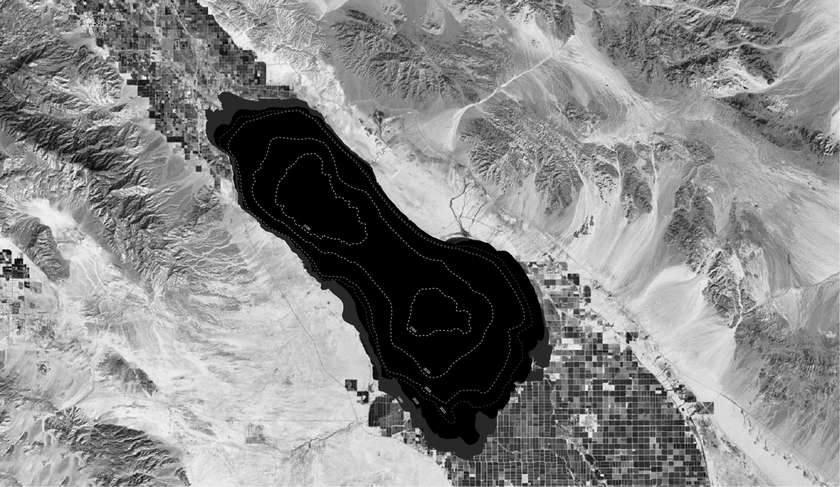Idea by
Gillian Shaffer
slCollective
Call for ideas 2021
Climate Architectures
Climate Architectures
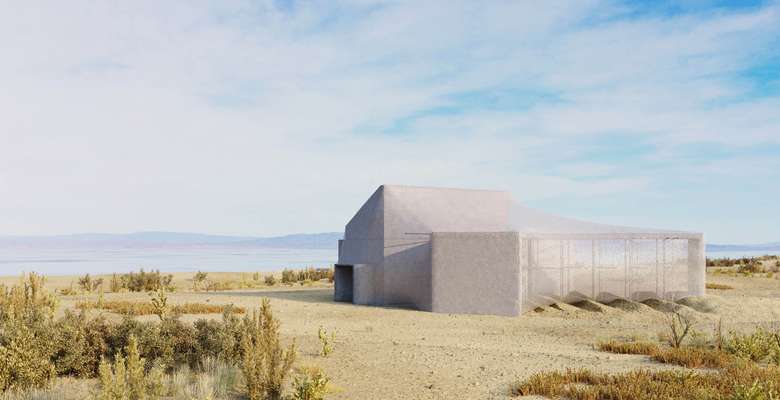
- Systemic changes
The climate crisis is the greatest challenge facing humanity over the rest of the 21st century, with potentially disastrous ecological, economic and social consequences. Moreover, like the COVID-19 epidemic, the impacts of climate change will fall disproportionately on less affluent members of society, who cannot easily adapt to a warmer world by running their air conditioners more often or by moving to escape rising sea-levels. In this way, climate change is a crisis of social justice, exacerbated by depleting land values, scarcity and conflict over resources, and global migration. Together, these present a dual challenge to architects and designers: how to mitigate, address and adapt to changing environmental conditions; and how to design for sustainable, but uncompromised, lifestyles.
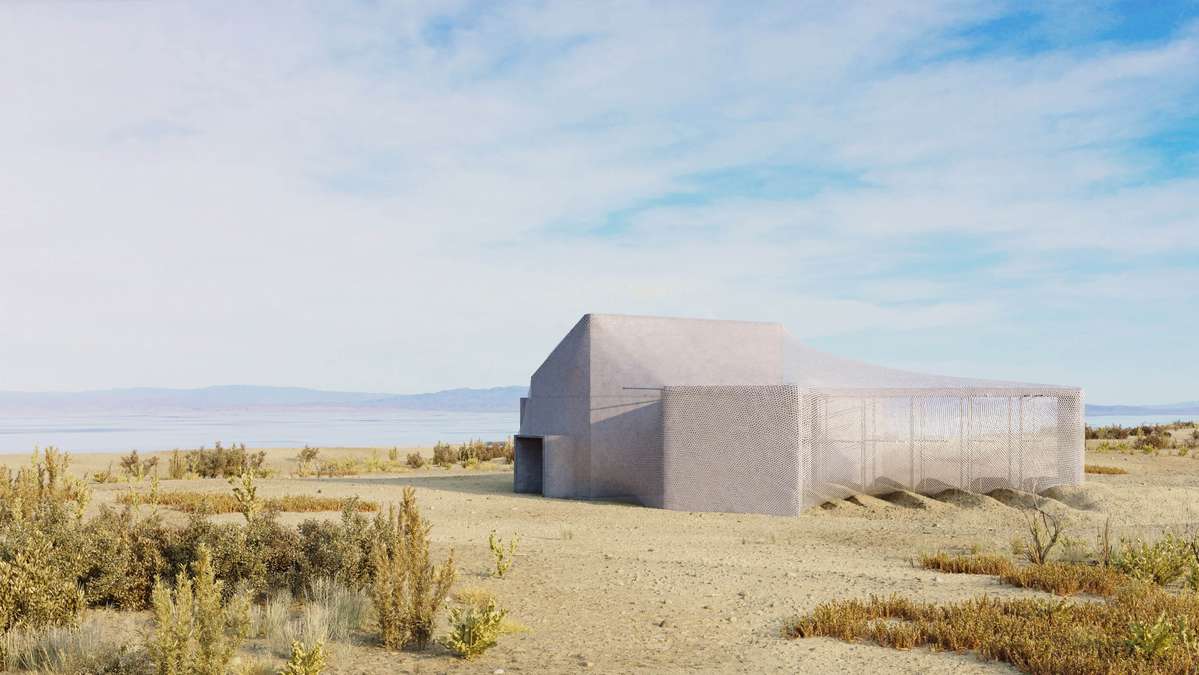
A subtle stratigraphy forms along the west facing facade. In 2025 the building provides shade and shelter. It functions as a dust storm observatory and creates an infrastructure which generates new scientific results.

One hundred years later, in 2125, the building forms a record to be studied about the accelerated changes in the region, and accumulates dust onto its walls until it is buried.
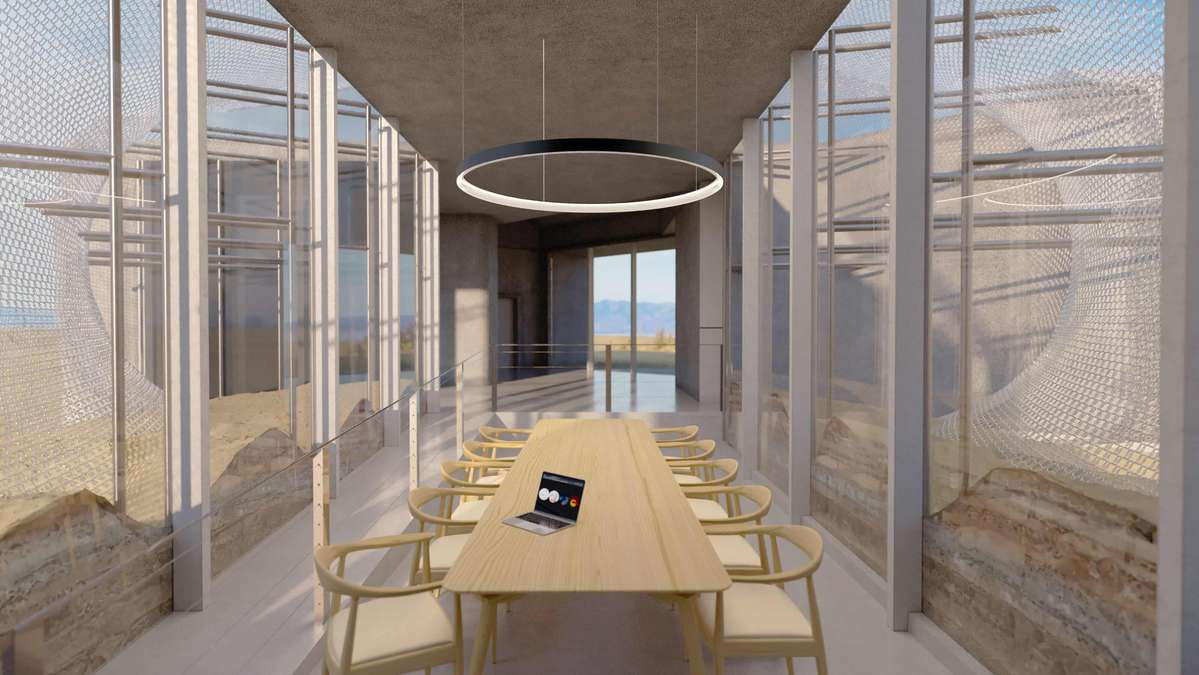

Climate Architectures
Climate Architectures

- Systemic changes
The climate crisis is the greatest challenge facing humanity over the rest of the 21st century, with potentially disastrous ecological, economic and social consequences. Moreover, like the COVID-19 epidemic, the impacts of climate change will fall disproportionately on less affluent members of society, who cannot easily adapt to a warmer world by running their air conditioners more often or by moving to escape rising sea-levels. In this way, climate change is a crisis of social justice, exacerbated by depleting land values, scarcity and conflict over resources, and global migration. Together, these present a dual challenge to architects and designers: how to mitigate, address and adapt to changing environmental conditions; and how to design for sustainable, but uncompromised, lifestyles.
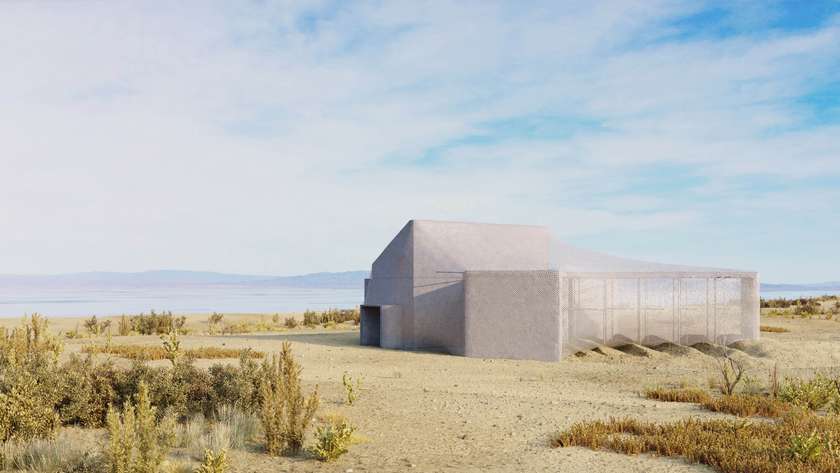
A subtle stratigraphy forms along the west facing facade. In 2025 the building provides shade and shelter. It functions as a dust storm observatory and creates an infrastructure which generates new scientific results.
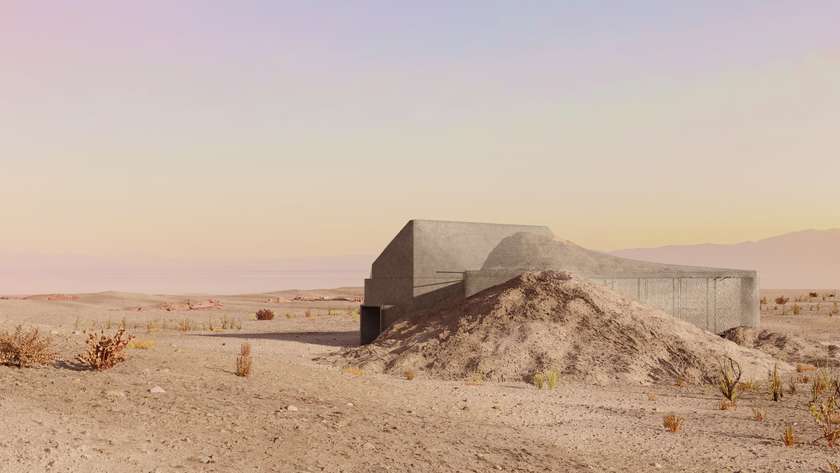
One hundred years later, in 2125, the building forms a record to be studied about the accelerated changes in the region, and accumulates dust onto its walls until it is buried.
